👨🎓Personal Homepage: Research Society Blog
💥💥💞💞Welcome to this blog❤️❤️💥💥
🏆Blogger Advantages:🌞🌞🌞The blog content aims to be logically clear and coherent for the convenience of readers.
⛳️ Motto: A journey of a hundred miles begins with a single step.
📋📋📋Table of Contents:🎁🎁🎁
Contents
💥1 Overview
📚2 Results
🎉3 References
🌈4 Matlab Code Implementation
💥1 Overview
Source:
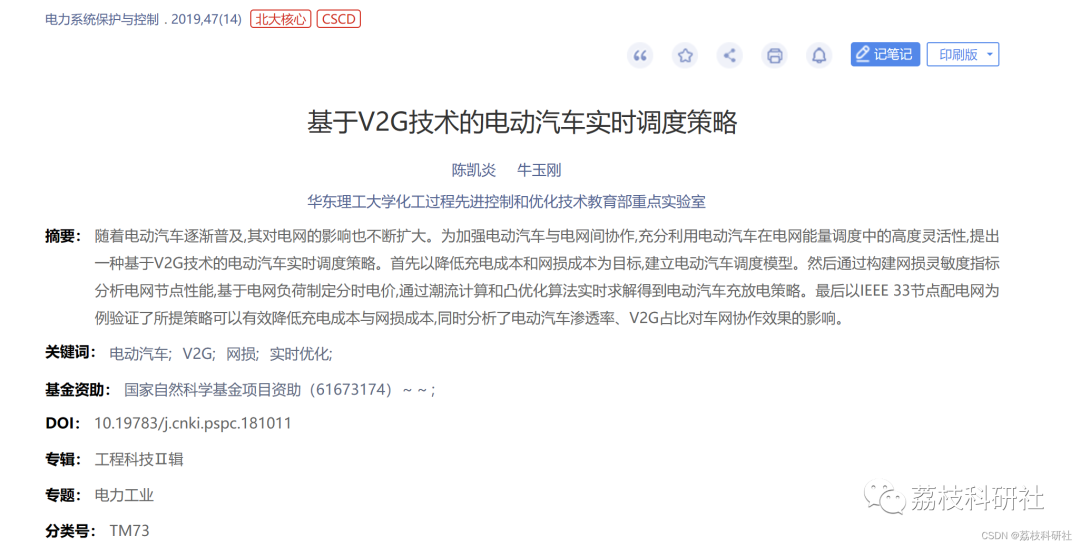
Abstract: With the gradual popularization of electric vehicles, their impact on the power grid is also expanding. To enhance the collaboration between electric vehicles and the power grid and fully utilize the high flexibility of electric vehicles in energy scheduling, a real-time scheduling strategy for electric vehicles based on V2G technology is proposed. First, a scheduling model for electric vehicles is established with the goal of reducing charging costs and grid loss costs. Then, by constructing a grid loss sensitivity index to analyze the performance of grid nodes, time-of-use pricing is formulated based on grid load, and real-time solutions for electric vehicle charging and discharging strategies are obtained through power flow calculations and convex optimization algorithms. Finally, using the IEEE 33-node distribution network as an example, it is verified that the proposed strategy can effectively reduce charging costs and grid loss costs, while analyzing the impact of electric vehicle penetration and V2G ratio on vehicle-grid collaboration effects.
Keywords: Electric Vehicles; V2G; Grid Loss; Real-time Optimization
Electric Vehicles (EVs), as a new type of transportation using clean energy and zero emissions, have been widely used in recent years. As the penetration of electric vehicles in the power system gradually increases, their influence on the power system is also growing. Under natural conditions, the charging and discharging behavior of electric vehicles is highly blind and random, making it difficult to achieve collaboration between individuals and the grid. According to statistics related to electric vehicles, the distribution of electric vehicle grid access times roughly coincides with the variation of grid load, that is, there is high charging demand during peak times and low charging demand during off-peak times. Therefore, uncoordinated charging of electric vehicles can easily exacerbate the peak-to-valley load difference, putting greater pressure on the grid. A large number of uncoordinated charging of electric vehicles may adversely affect the overall stability of the grid, causing additional economic losses [1-3].
Electric vehicles possess flexibility and dispatchability that other load types do not have. Additionally, some electric vehicles have the capability to feedback battery power to the grid (Vehicle-to-Grid, V2G), meaning these electric vehicles can be viewed as both loads and energy storage batteries [4-5]. If V2G technology is fully utilized through reasonable scheduling strategies to plan the charging and discharging behavior of electric vehicles and strengthen collaboration between vehicles and the grid, it can not only further reduce the charging costs and grid loss costs of electric vehicles but also serve the grid and improve the grid load curve [6-7]. To achieve orderly control of electric vehicles, reference [8] proposed a centralized algorithm that maximizes the charging rate of electric vehicles while ensuring grid stability, showing that orderly charging improves energy utilization and load curves; reference [9] proposed a method for formulating time-of-use charging prices for electric vehicles with the goal of minimizing the purchasing cost of electricity for charging station operators, achieving friendly integration of charging loads into the smart grid; reference [10] proposed a fuzzy electric vehicle charging network planning model and used genetic algorithms for multi-objective optimization of electric vehicle charging. These studies indicate that orderly charging of electric vehicles can simultaneously consider multiple objectives with significant effects. However, they do not consider the energy feedback to the grid and only regard electric vehicles as highly flexible loads.
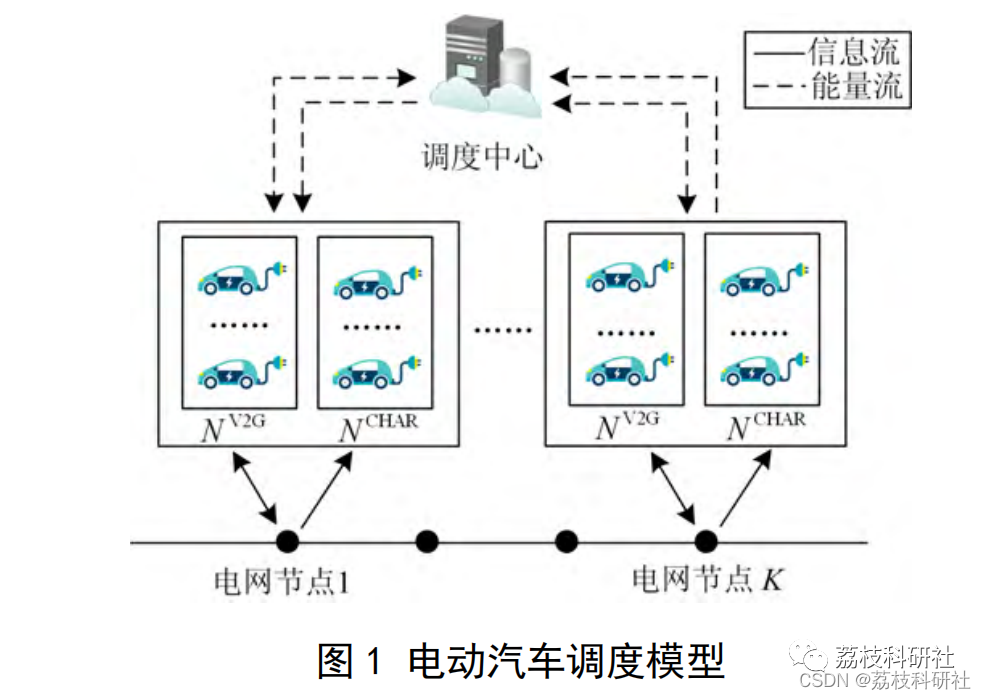
📚2 Results
Original Results:
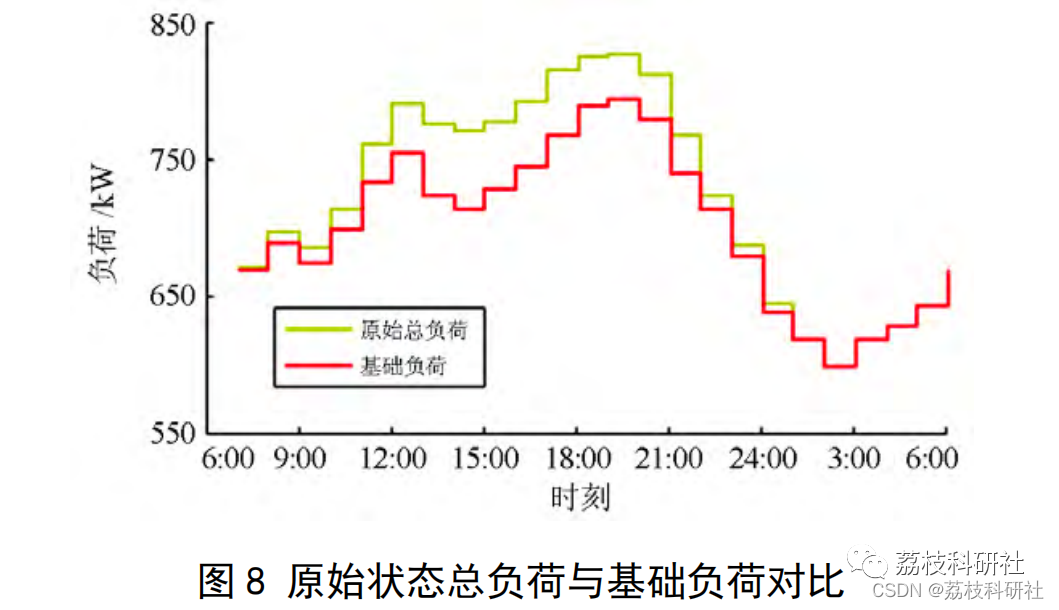
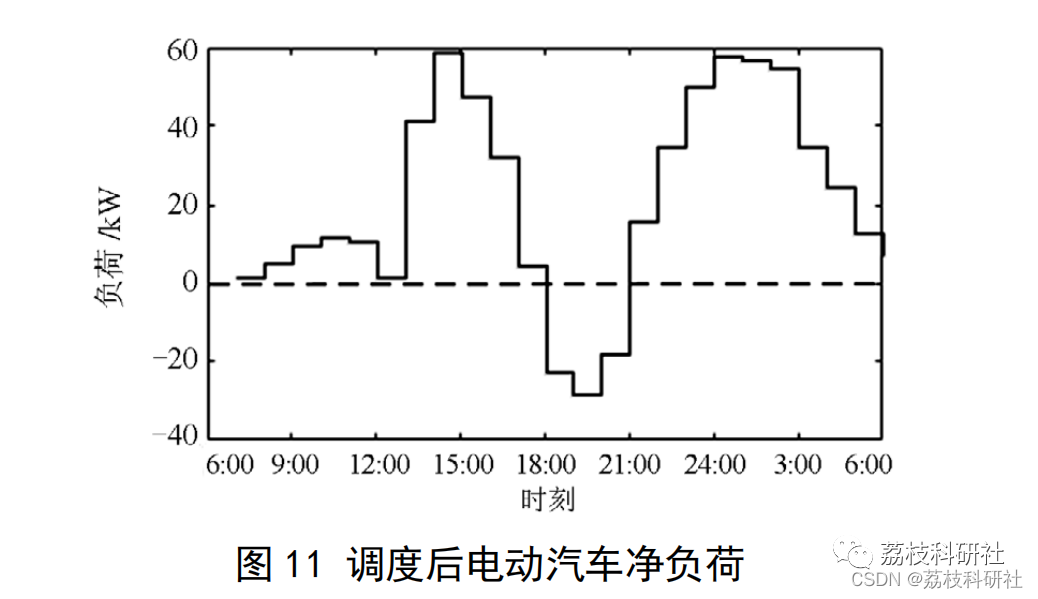
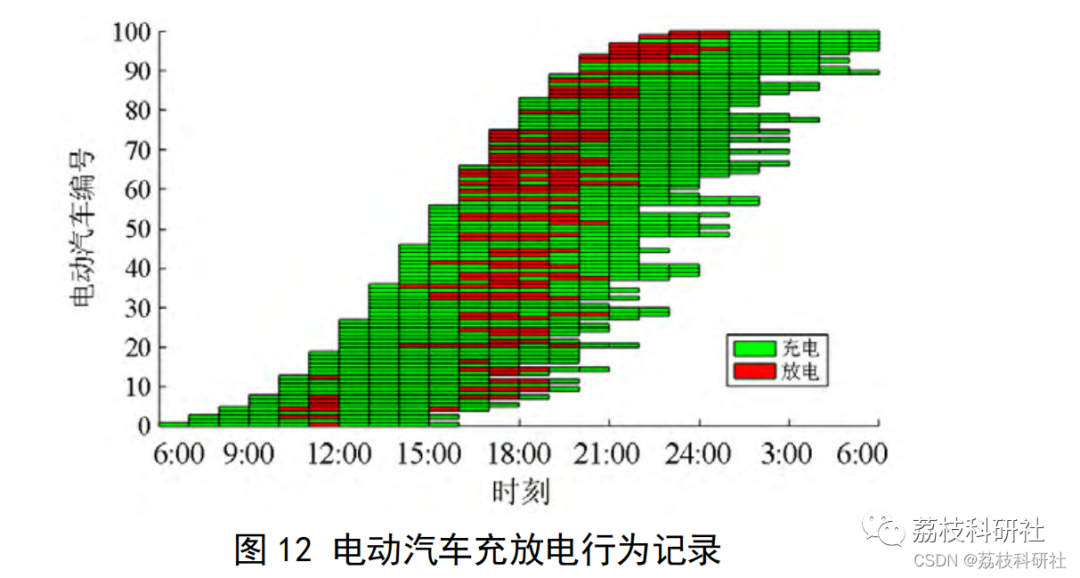
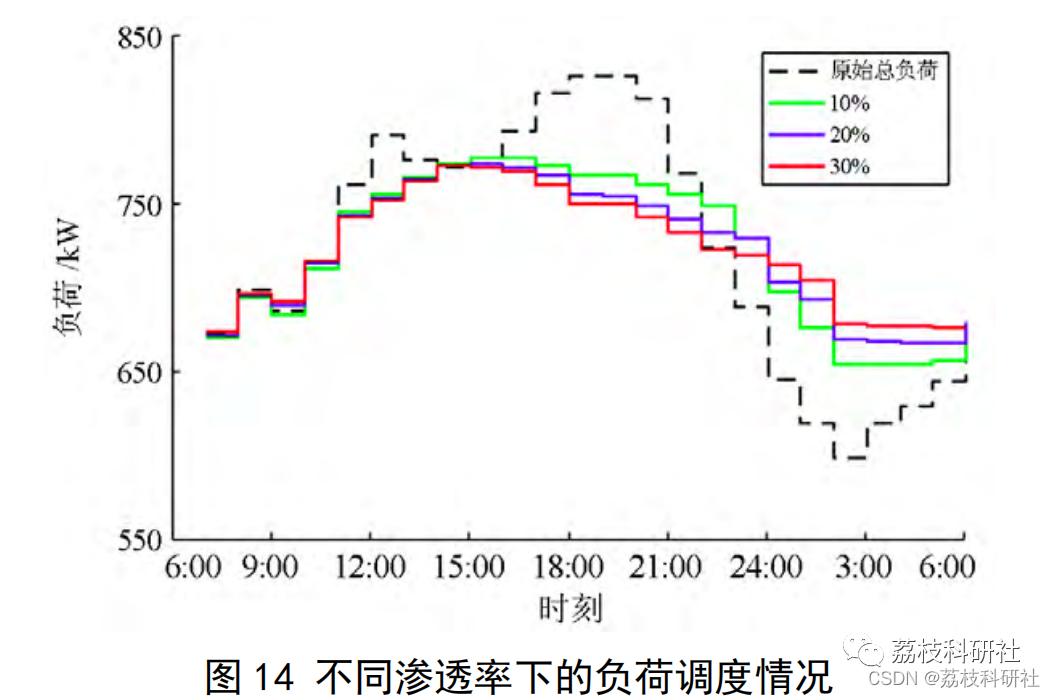
Reproduction Results:
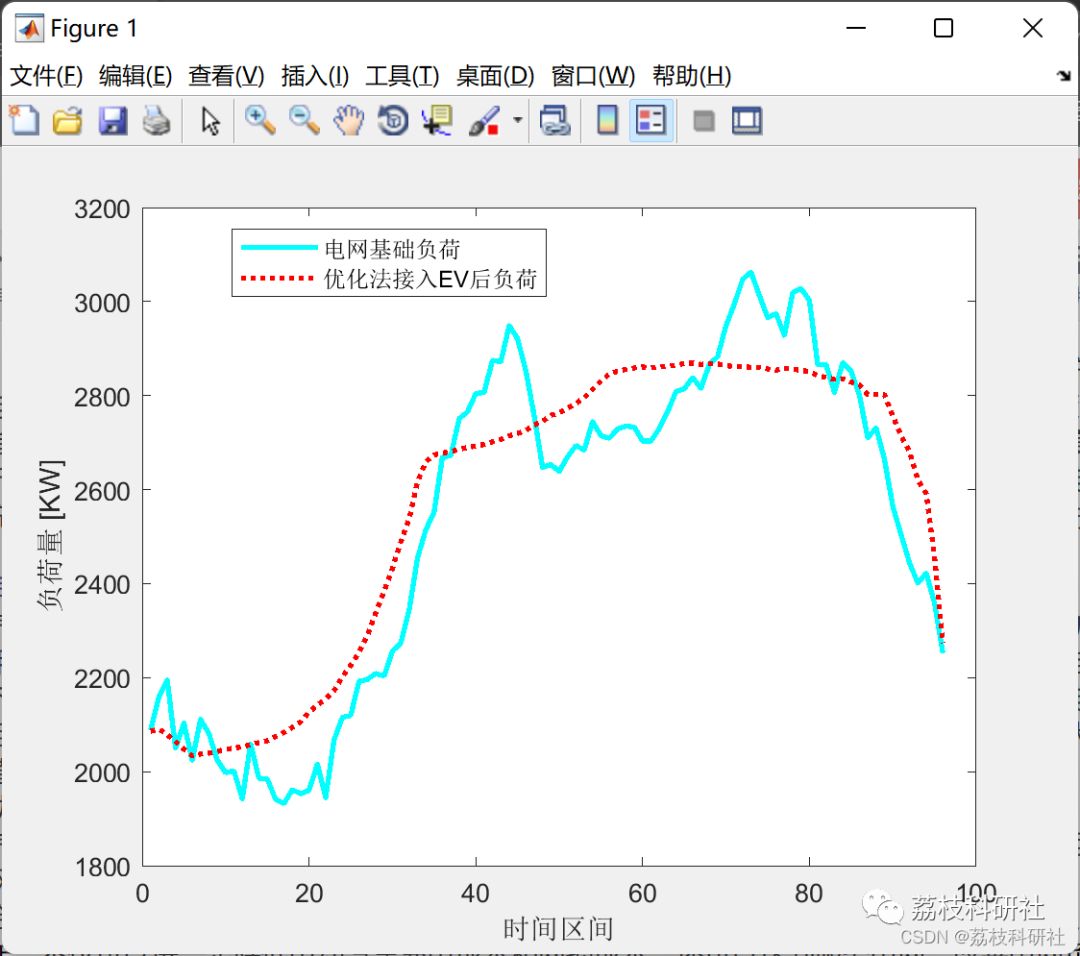
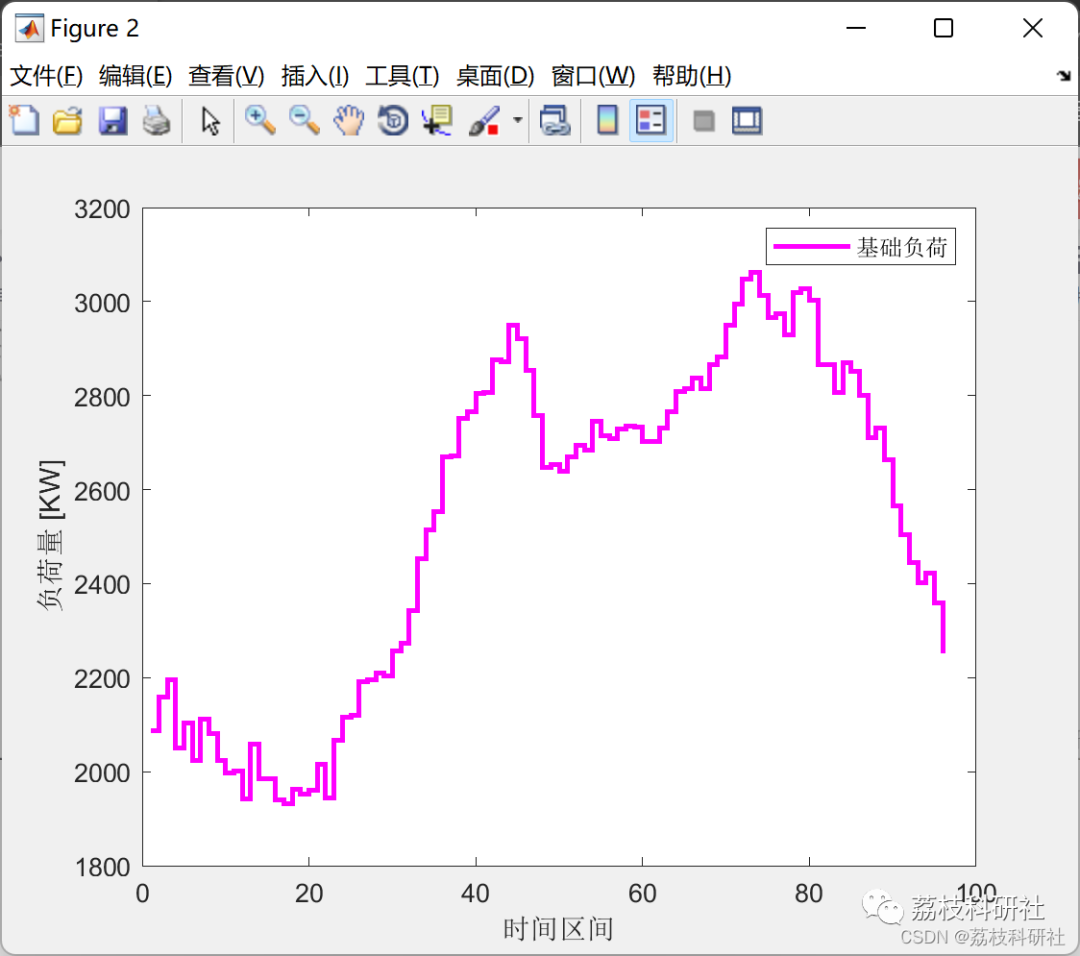
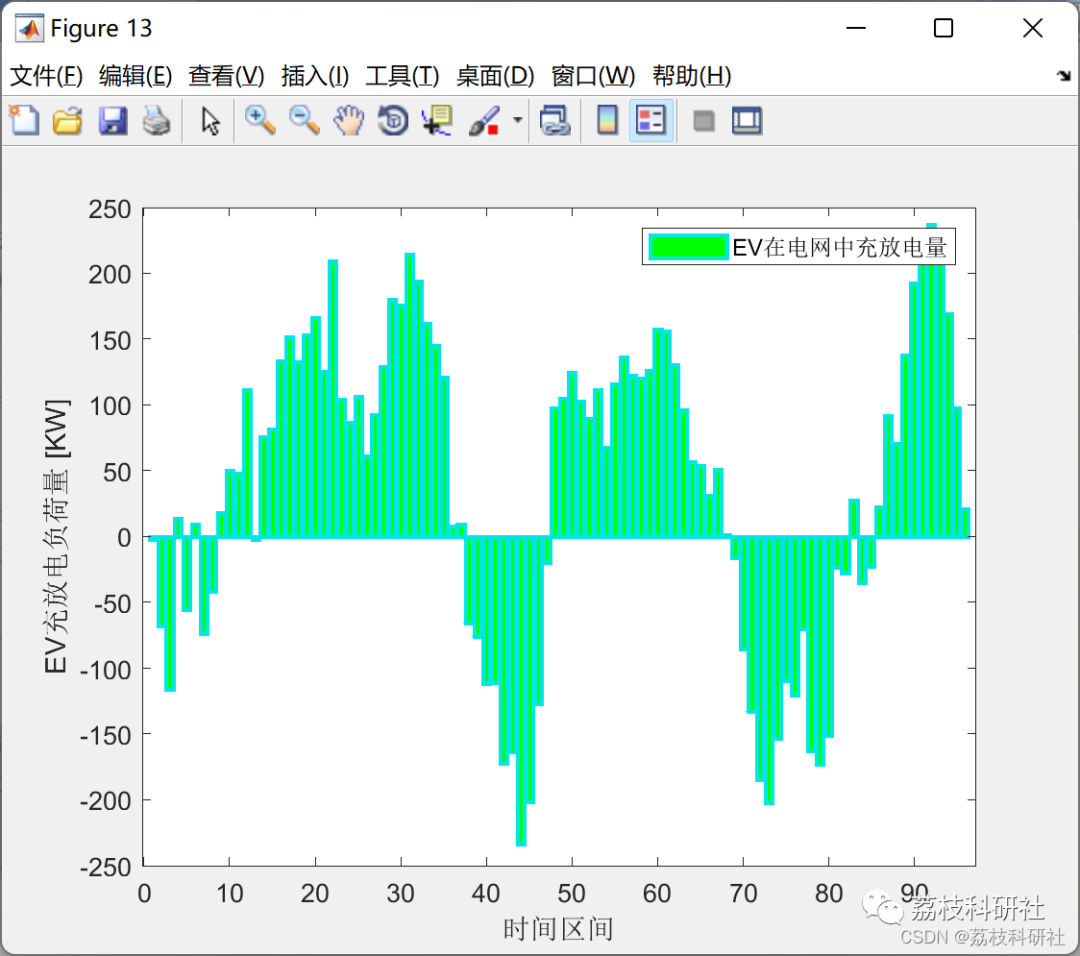
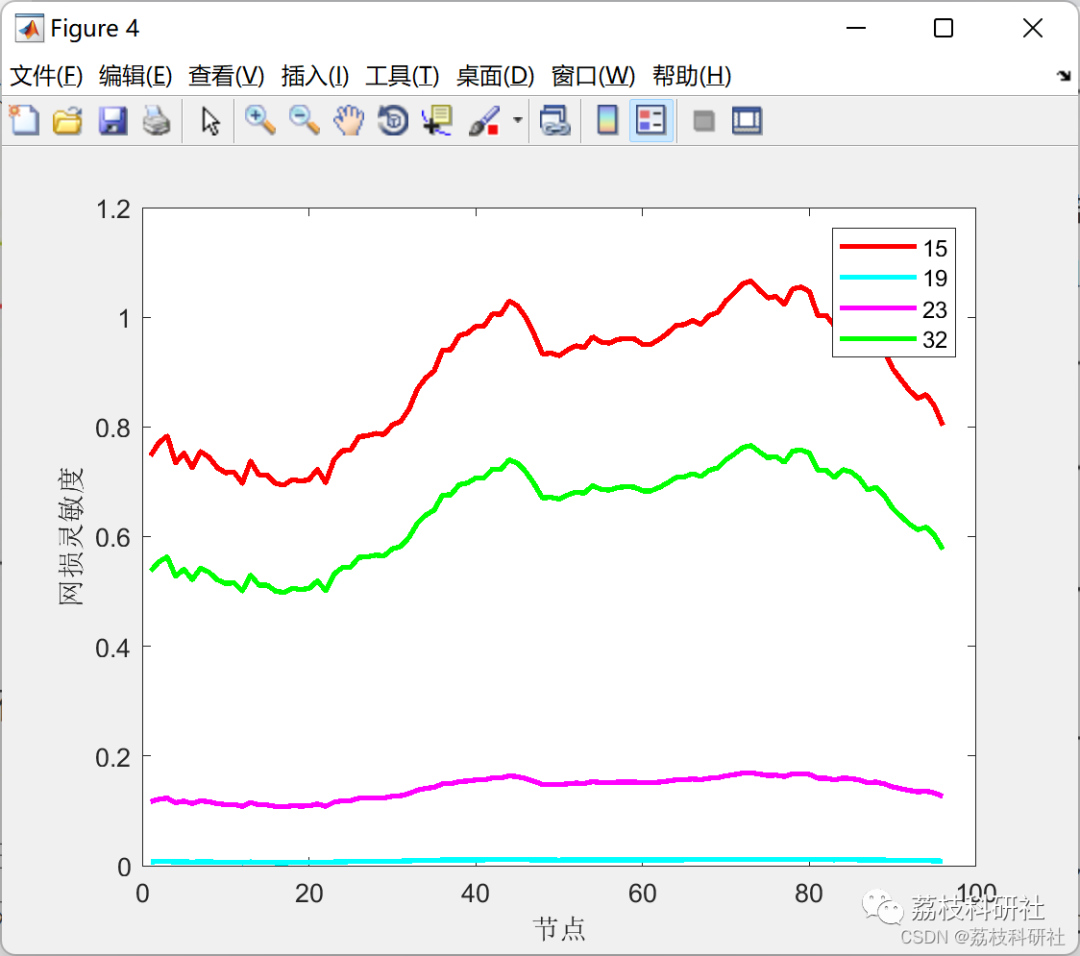
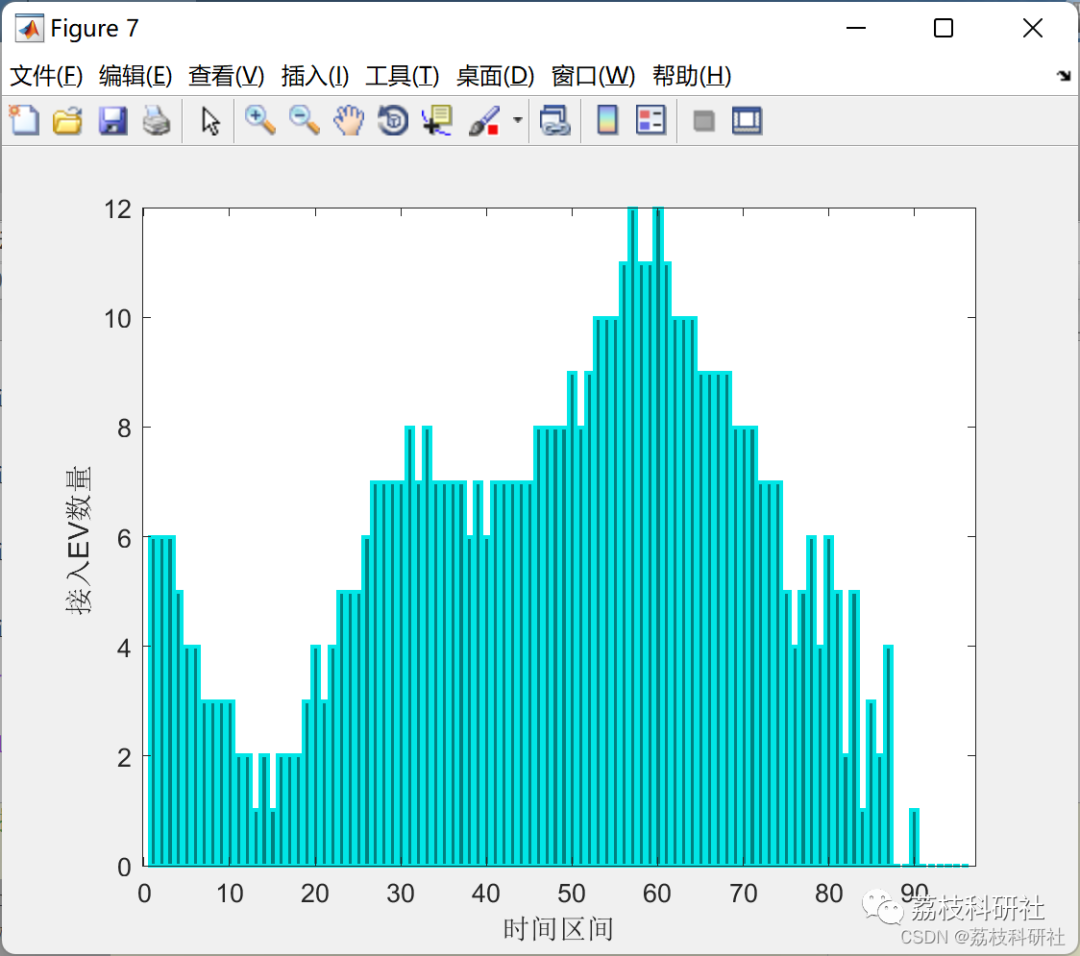
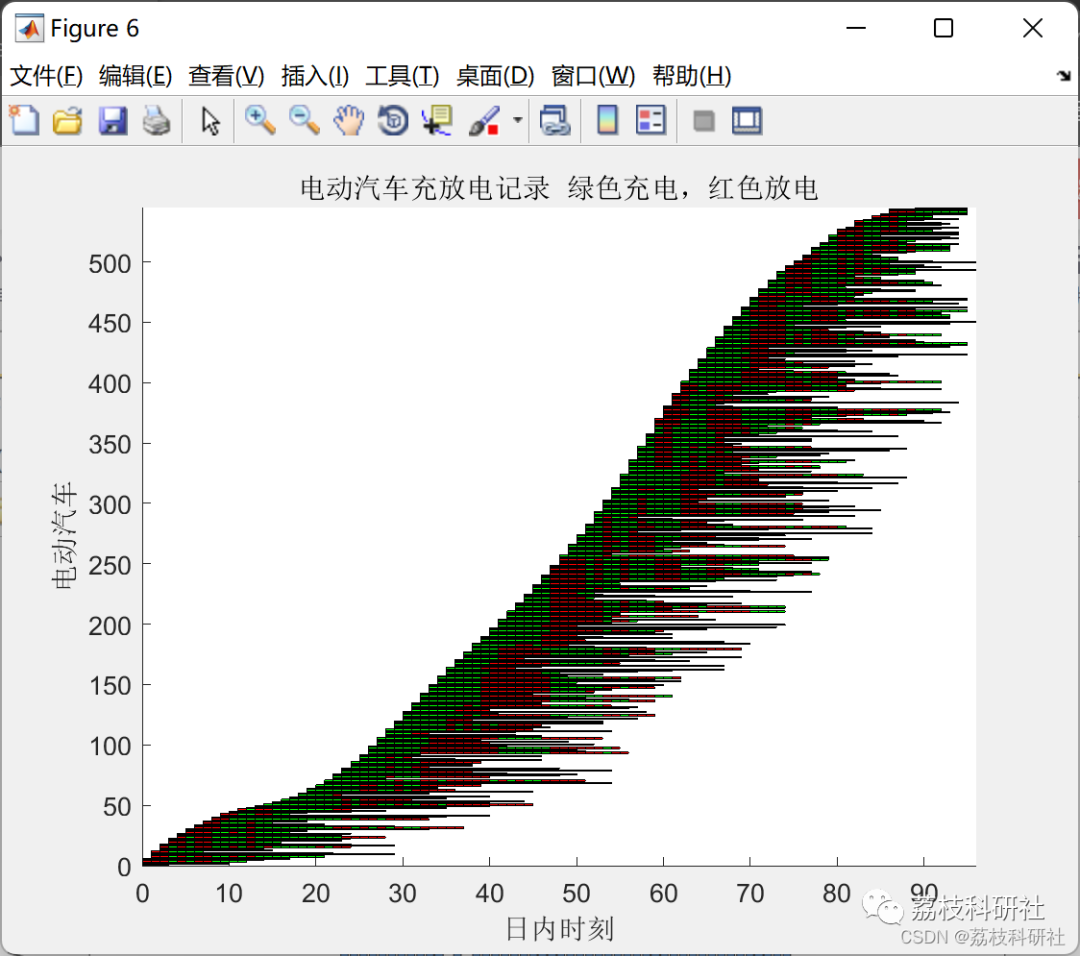
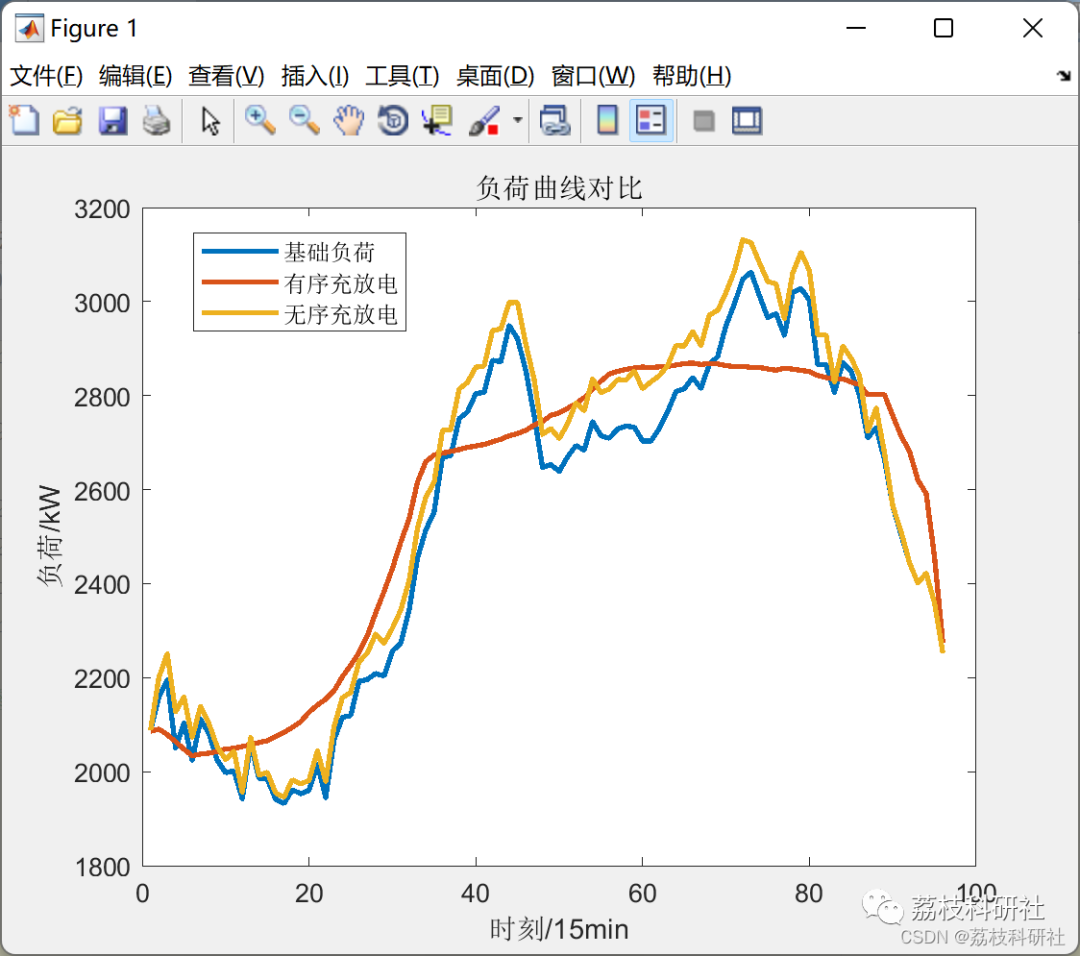
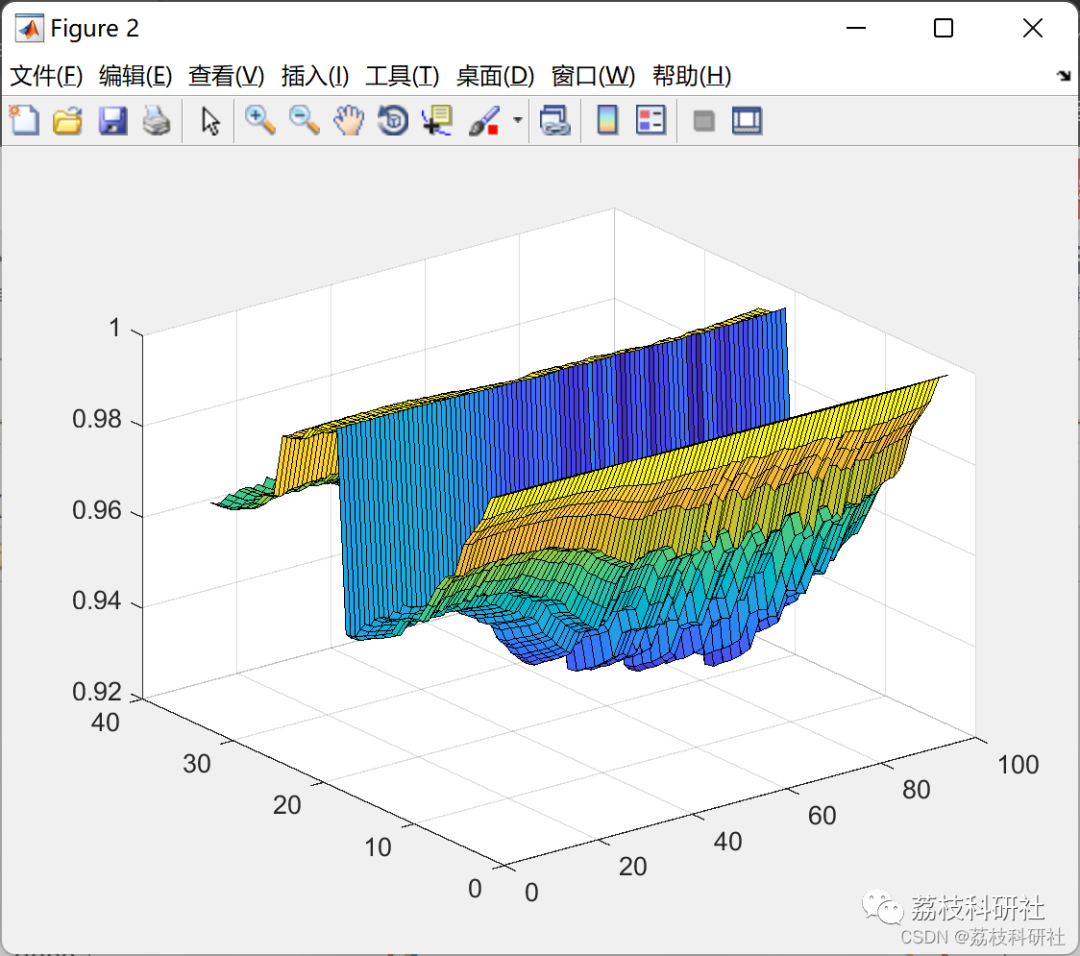
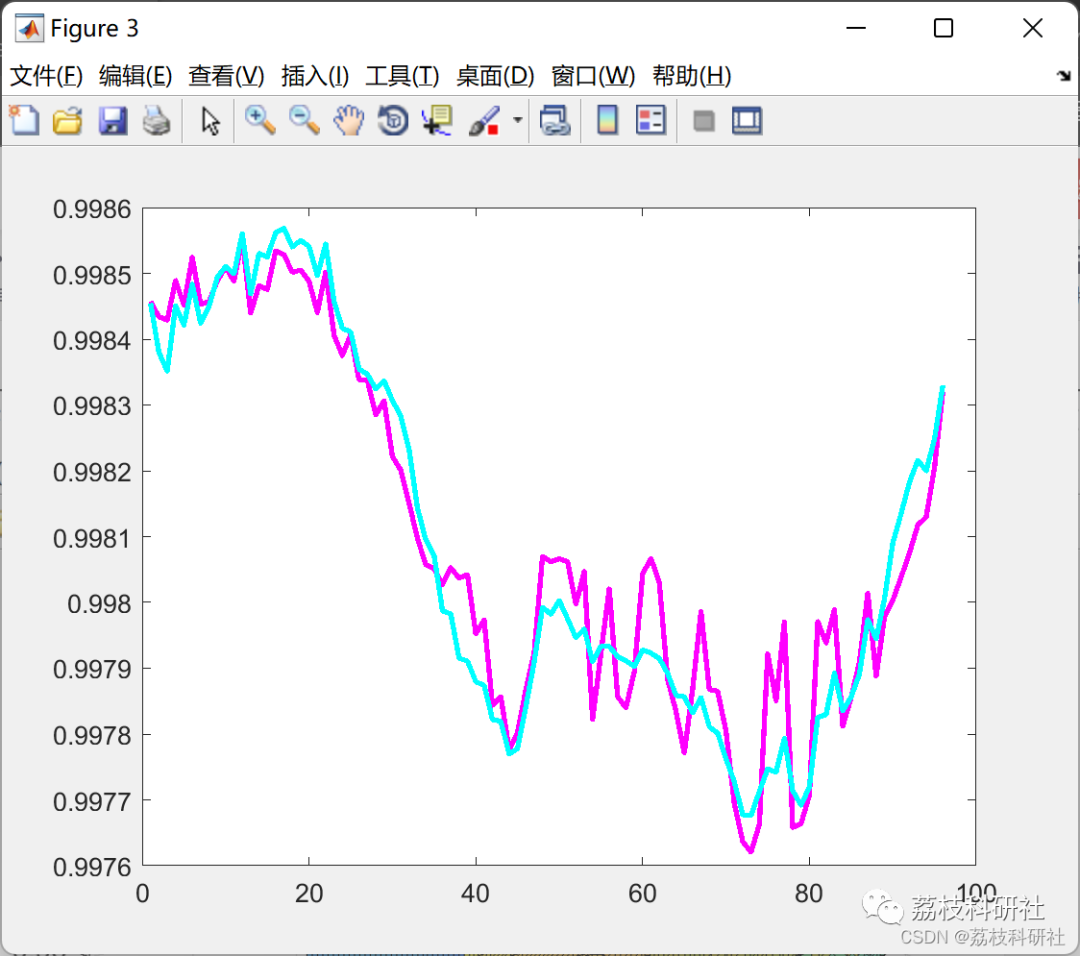
The above experiments show that when the proposed scheduling strategy is used to plan the charging and discharging behavior of electric vehicles, all electric vehicles can complete the user-defined charging tasks on time and in full. On this basis, the scheduling strategy effectively reduces charging costs and grid loss costs, while also improving the grid load curve. The scheduling strategy does not have strict requirements on the V2G ratio. Even with a V2G ratio of 25%, good results can still be achieved. As the V2G ratio increases, the scheduling effect improves. The effectiveness of the scheduling strategy is sensitive to the penetration rate of electric vehicles. In cases of high penetration rates, the improvement in total costs and load curves is more pronounced. From the perspective of the scheduling cycle, in the initial period, the total number of dispatchable vehicles in the grid is relatively small, leading to insufficient energy throughput, and the scheduling center’s ability to adjust the grid load is relatively weak; in the intermediate period, as a large number of electric vehicles enter the grid, the scheduling center’s response capability to load peaks greatly improves, better achieving the cost-reduction scheduling objectives.
🎉3 References
Some theoretical sources are from the internet; please contact for removal if there is any infringement.
[1] Chen Kaiyan, Niu Yugang. Real-time scheduling strategy for electric vehicles based on V2G technology [J]. Power System Protection and Control, 2019, 47(14): 1-9. DOI:10.19783/j.cnki.pspc.181011.
